Chicago Stock Yards Still Sizzling
- Union Stock Yards, 1947
Meat purveyor James Calvetti had just one request in 1974 when he built his new office in the heart of the Union Stock Yards. A large window on the north side of the building was to frame the Chicago skyline.
Calvetti was onto a mash-up of Chicago history; through his window he saw the majestic growth from Carl Sandburg’s iconic poem “Chicago” (Hog Butcher for the World)” which celebrates its 100th anniversary this year. And his open natural light office was designed by Frank Lloyd Wright disciple Claude Wayne Thomason whose firm also designed North Shore banks.
Calvetti’s son Jamie Calvetti now runs the company from the same lean space built in the former Stock Yards feed lots.
It is the last family purveyor in the Union Stock Yards. (City Foods produces bone-steer navels and Bea’s Best corn beef at 4230 S. Racine.)
James Calvetti Meats, Inc. supplies 35,000 filets a week for a dozen major airlines.
“If you want a good filet in business class, it’s likely coming from us,” Calvetti said in a recent interview, adding that he is under contract to not disclose the airlines. “About half the catering business in the country. Nobody knows that. That’s how we’ve been able to stay here when everybody else has gone away. We niched. There’s four meat companies (Tyson, Cargill, National Beef, American Foods Group) controlling 85 to 90 per cent of the beef that’s sold in this country. We can’t compete with that. We take a tenderloin, which is 5 per cent of the animal and focus on that. We cut and cut and cut.”
And steakhouses are back, back and back in vogue.
The ‘60s inspired Next steakhouse was the latest chapter from Grant Achatz, Dave Berran and Nick Kokonas. Keefer’s Restaurant, a favorite of Calvetti’s, is still going strong. The late Philip Seymour Hoffman gave props to the gritty Ronny’s Steak House.
Even the NBA got into the act. The Washington Wizards, who are giving the Bulls fits, began life in 1961 as the Chicago Packers. The league’s first expansion team played down the road from the stockyards at the International Ampitheatre. Despite stars like Walt Bellamy and Sihugo Green they finished in last place with an 18-62 record.
When James Calvetti worked for the now-closed Pfaelzer Brothers in the Union Stock Yards, he sold meat to Chicago classics like the Ambassador East and West, the Palmer House, and Fritzel’s, 201 N. State St., one of Kup’s favorite restaurants. He called Fritzels’ Chicago’s answer to New York’s Toots Shor’s.
“Restaurants today are boutiquing the business,” Calvetti said. “It is marketing. You’re taking something you would normally sell at ‘X’ and sell it for 140 per cent of ‘X’, which is a wonderful thing. How do you justify it? You have to give it a great name. It is good food, don’t get me wrong, but what they’ve added to what’s always been done at Fritzel’s and Binyon’s is that they’ve put a story to it. Now my Dad would say they haven’t invented a new animal in years. They have mixed the breeds up a bit.”
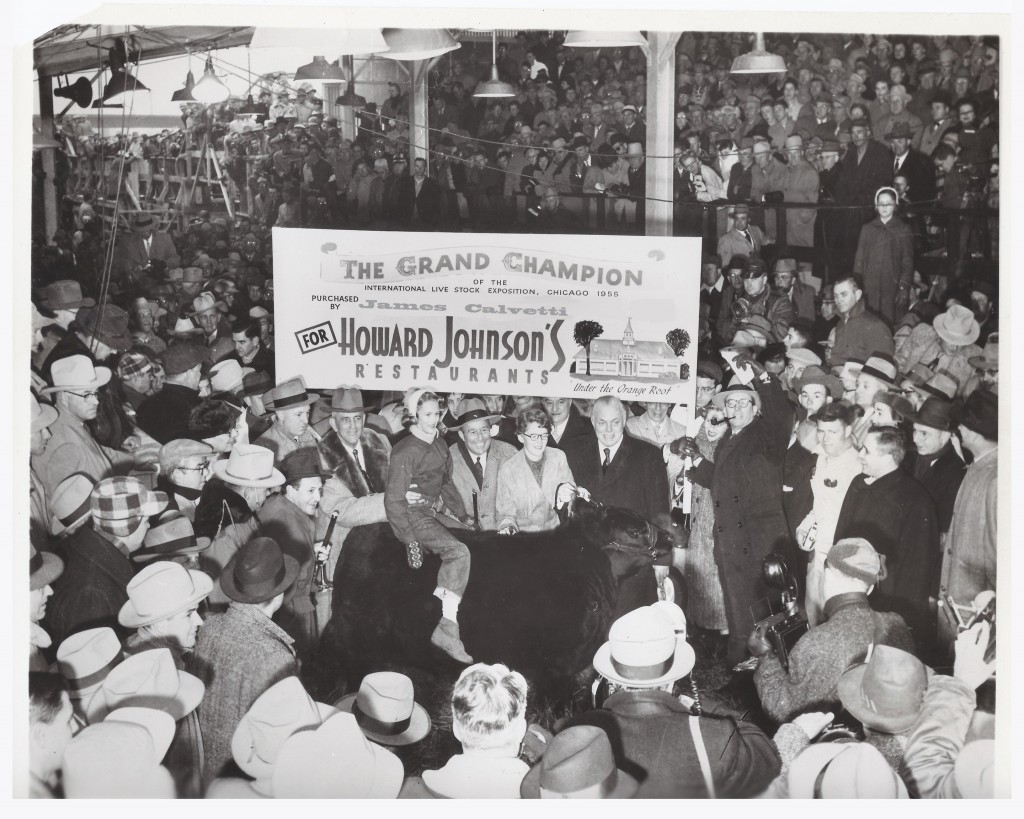
A James Calvetti sale to Howard Johnson’s. In interest of fairness the Calvetti name has been photo shopped; at the time he was a Pfaelzer Brothers salesman.
I did wonder about growth hormones in the production of beef cattle in America. “The amount of residual nature and or synthetic hormones in beef steak and burgers is virtually undetectable,” Calvetti answered. “A larger issue is the prophylactic of antibiotics in beef cattle. That should be stopped. I don’t think the meat from beef cattle that are fed a small amount of antibiotics is unsafe, it’s just a poor use of a good medicine.
“My Dad sold the expensive muscles (of the animal). He was extremely good at selling filet mignons. New York strip steaks. Porter House. T-Bones. That’s the middle of the animal. And that’s what Fritzel’s bought. In the 1940s and 50s the high end restaurant business was here and New York. Vegas was still a desert and L.A. was developing. He got a national contract with Howard Johnson’s because he could sell the higher priced parts in volume. From Chicago, especially when Eisenhower came in with the interstates you could distribute all over the country. And previous to that the railroads came through Chicago.
“That’s what made Chicago great.”
And Calvetti looked out his window at the Willis Tower.
* * * *
James Calvetti began his career in 1936 as a 19-year old messenger boy for Swift & Co. in the stockyards.
My father began his 41-year career at Swift in 1939 as a 19-year-old messenger boy for Swift & Co. in the stockyards. He told me there was a crew of nearly 100 messenger boys in mail and telegraph rooms.
The stockyard slaughterhouses were directly west of the Calvetti office. The slaughterhouses left in the 1950s and 60s. Calvetti worked for the high-end Pfaelzer Brothers from 1945 until 1972. He left to start his own company. He was 56 years old.
“My Dad was a natural salesman,” Calvetti said in firm tones. “He went to Midway Airport, which at the time was the busiest airport in the world. He went to the United Airlines flight kitchen. At that time there were eight to 10 kitchens owned by the airlines staffed by German, French and Swiss chefs from after the war. Each flight kitchen was putting out different food at different costs all over the country.
“He went into the Army in 1943. He was in the Pacific and went on to Australia where he met my Mom (Veronica) at the USO in Brisbane.” She was an Australian Red Cross nurse. He married her in two weeks and went AWOL. Calvetti explained, “They had bride ships out of Australia, 600 women on a boat. Guys had snatched up all the women. They came to Chicago but nobody remembers the meat was rationed during the 1940s. He went back to Pfaelzer Brothers. They had saved a spot for him.”
James Calvetti created the idea of central purchasing. He sold the same steak from the same company at the same price. “I met some of these older chefs as a kid,” Calvetti said. “They wanted to control it. My Dad had to shepherd and herd it through.”
James Calvetti died in 2006 after a fall in his Glenview home. He was 89. His son said he was active in the business until age 85.
“My Dad was the oldest living customer at Schaller’s (Pump),” Calvetti said. “He went there over 50 years. He was going there when Jack’s father was there. They had a plate of limberger cheese on the table when you came in.”
I called Jack Schaller to confirm this.
Jack turned 90 in January. Like my 93-year-old father and Calvetti, he is the last of a breed. “Jimmy was my oldest customer,” Schaller said earlier this week. “He sat right by the basement door. He was very serious, but a nice guy. He’d have one Scotch. Only one.”
The rough boundaries of the stockyards were 47th to Pershing and South Ashland to South Halsted.
Schaller’s Pump was ground beef zero.
Calvetti said, “When I started in 1974 it was thriving down Halsted Street to where Schaller’s is. They were meat companies and they were the ones that survived from when the stockyards moved out. They were family businesses but nobody was raising their kids to work in the meat business.
“There’s a culture here. With the commoditization of the food business many of the meat companies couldn’t survive. Or the generations passed. (Guarino’s Wholesale Meats ’s is still next to Schaller’s out of the stockyards.) Nobody has children wanting to come up.”
Most of the meat at today’s Chicago steakhouses is raised where it always was, according to Calvetti.
He explained, “The good product is between Omaha and Minneapolis, Indianapolis and a bit east of Denver, where we have water. The rest of the world doesn’t have this clean water we have. The Mississippi River lays down 12, 14 feet of beautiful thick topsoil. That is the finest grazing land in the world.” Calvetti’s animals come from Nebraska.
About 25 people work at James Calvetti Meats, hand cutting and packaging filets. Last year Calvetti invested in two new multi-vacuum packaging machines.
“Bridgeport Dave” shows up at 3:30 a.m. and starts processing at 5 a.m in the 34-degree 10,000 square-foot cutting room. Packaging foreman Margie Borowski is from Poland. The Back of the Yards resident has worked at Calvetti’s for 25 years.
Stern looking head butcher John Kopinksi has been with Calvetti’s 35 years. He told me he does a few thousand cuts a day, into five and six ounce slabs. He drives to Bridgeport from his home in south suburban Palos Hills.
Life is good in these parts.
“Airlines are moving more to pre-prepared foods,” Calvetti said. “Now they haven’t gotten to pre-prepared filets but it could come down the line. We’ve developed some new products. Salmon florentine. Chicken Gordon Bleu wrapped in bacon. They help me diversify. The dough is cooked in the packets. Many of them are packaged and cooked in a thermal pill which is a new product. We’re working with an airline company. We’re also working with distributors that sell into retail. We’re the only ones in the country today doing this. In two years there will be others.”
James Calvetti was at a crossroads when Pfaelzer Brothers closed. His son recalled, “All I hear is my father saying at 56 years old is ‘I went out and started my own business ‘when everyone else laid down and died’.” His son can be a fast and sharp talker but he slowed down to make a point:
“The person I had to convince about change the very most was me.”

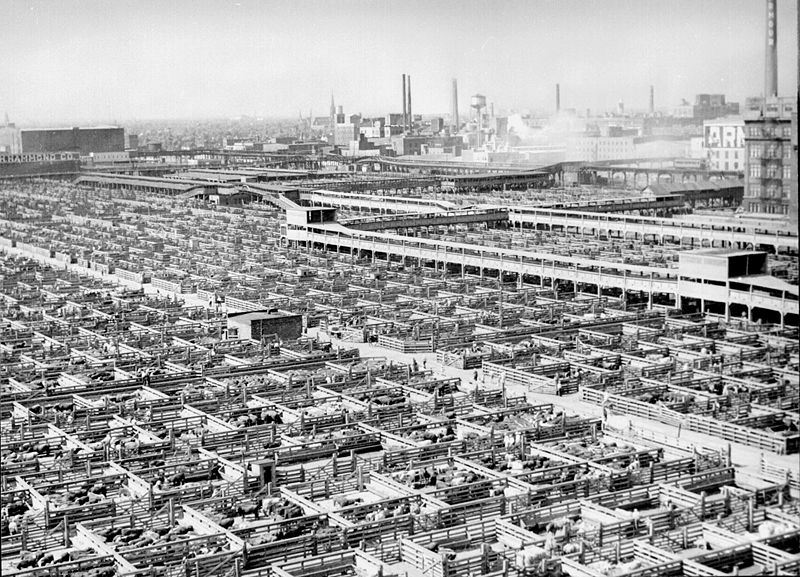
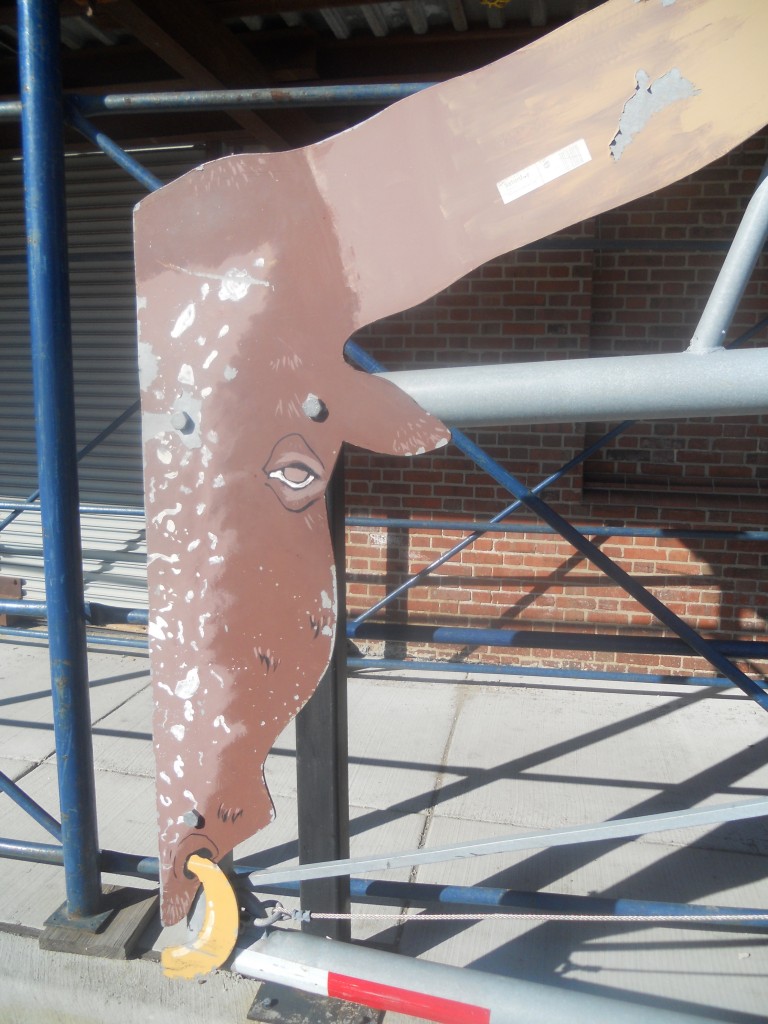
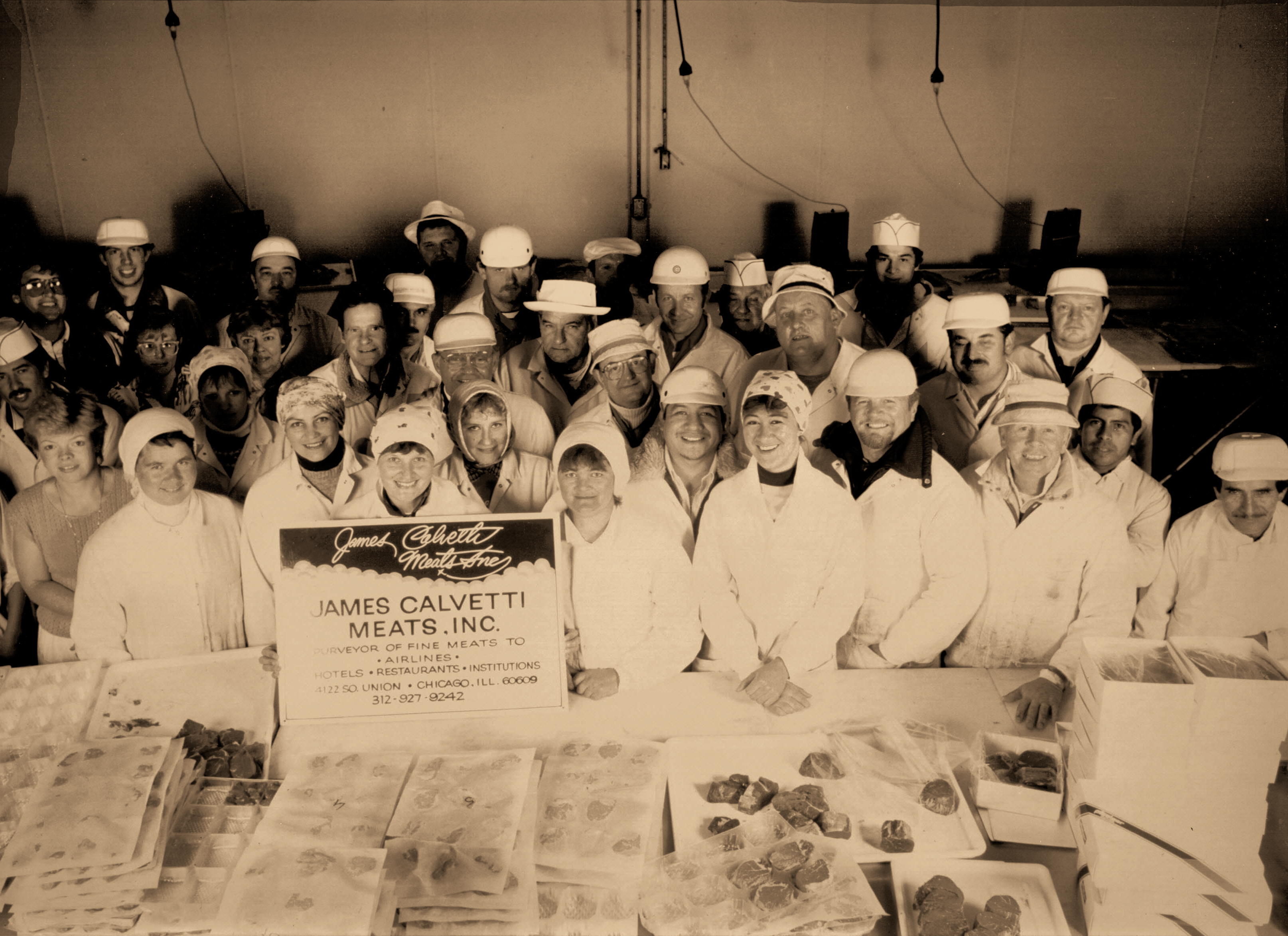
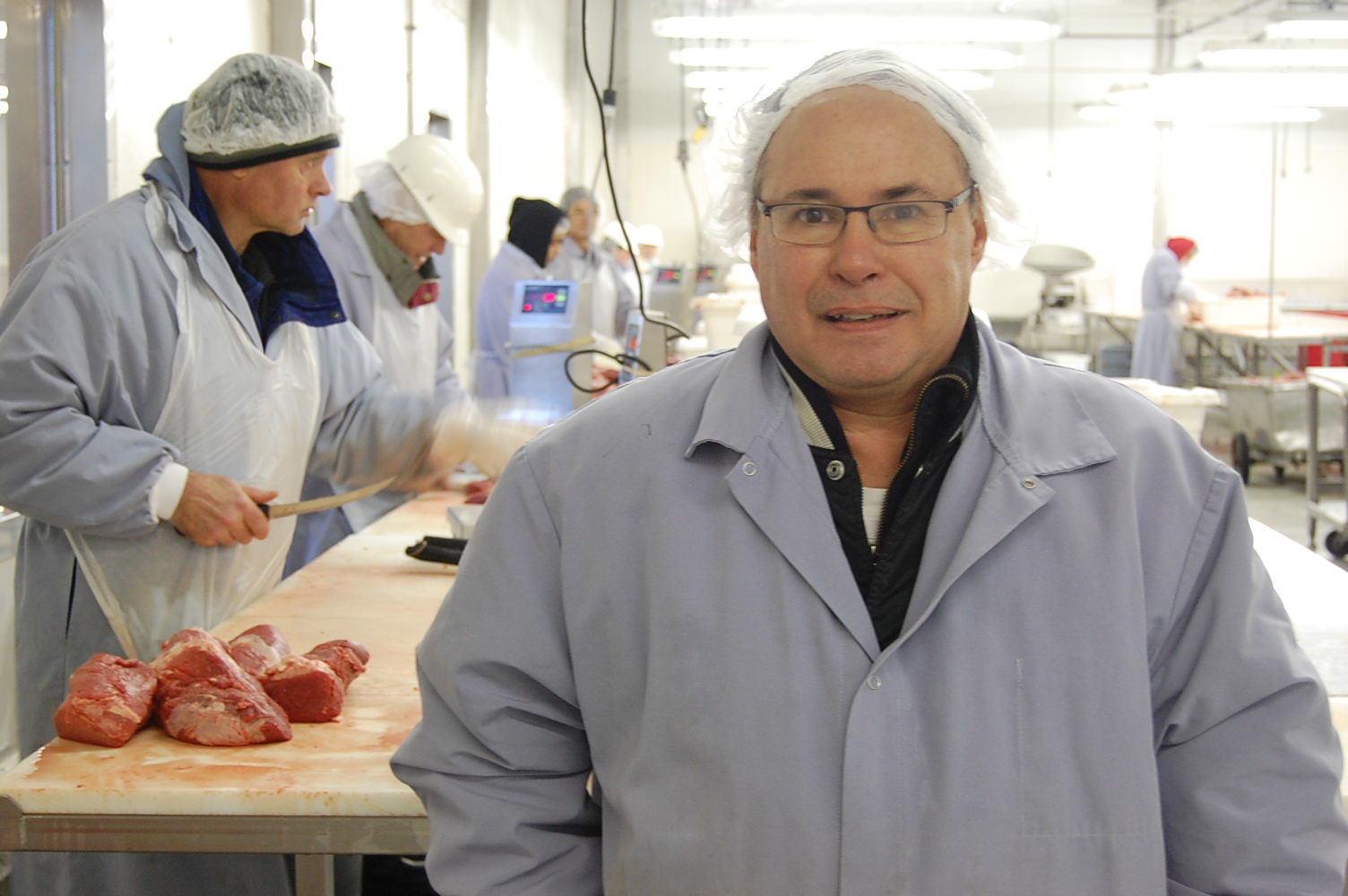
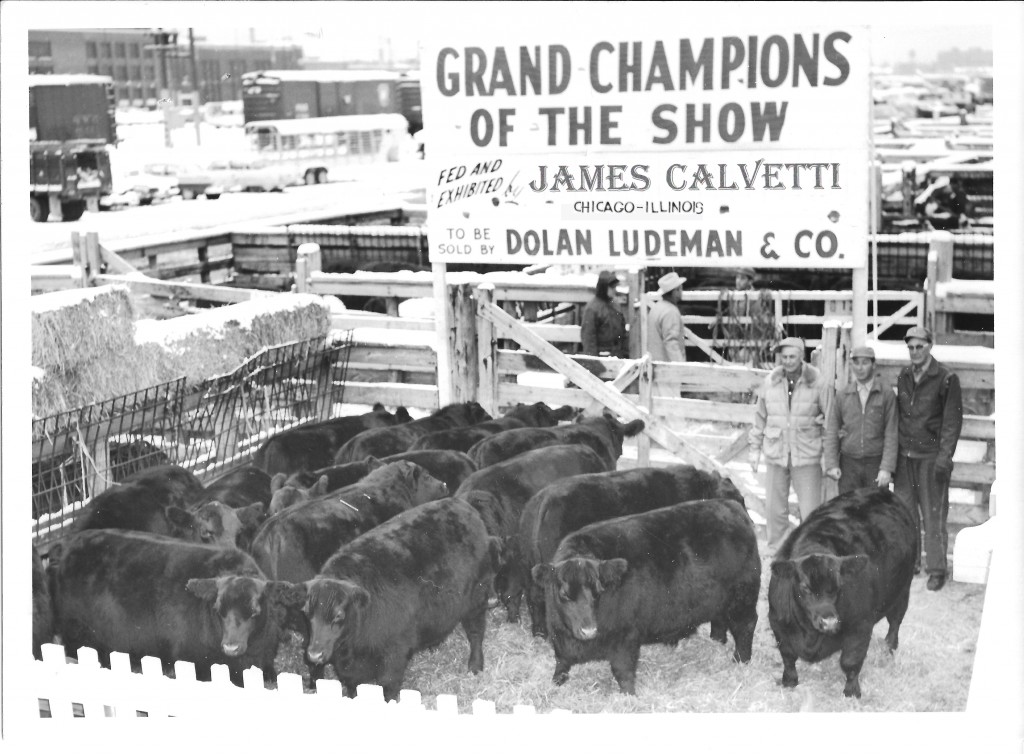
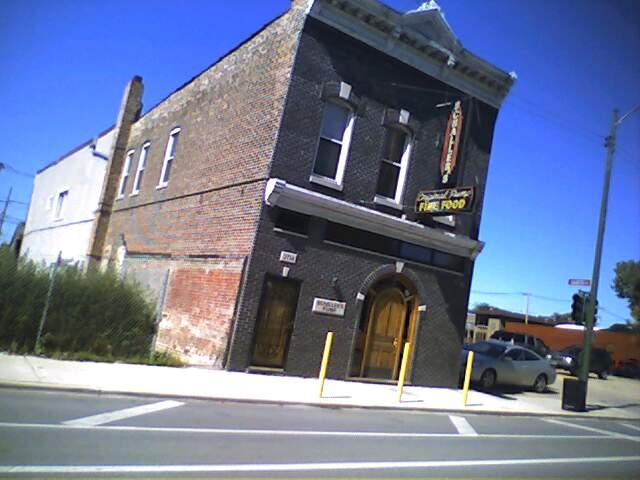
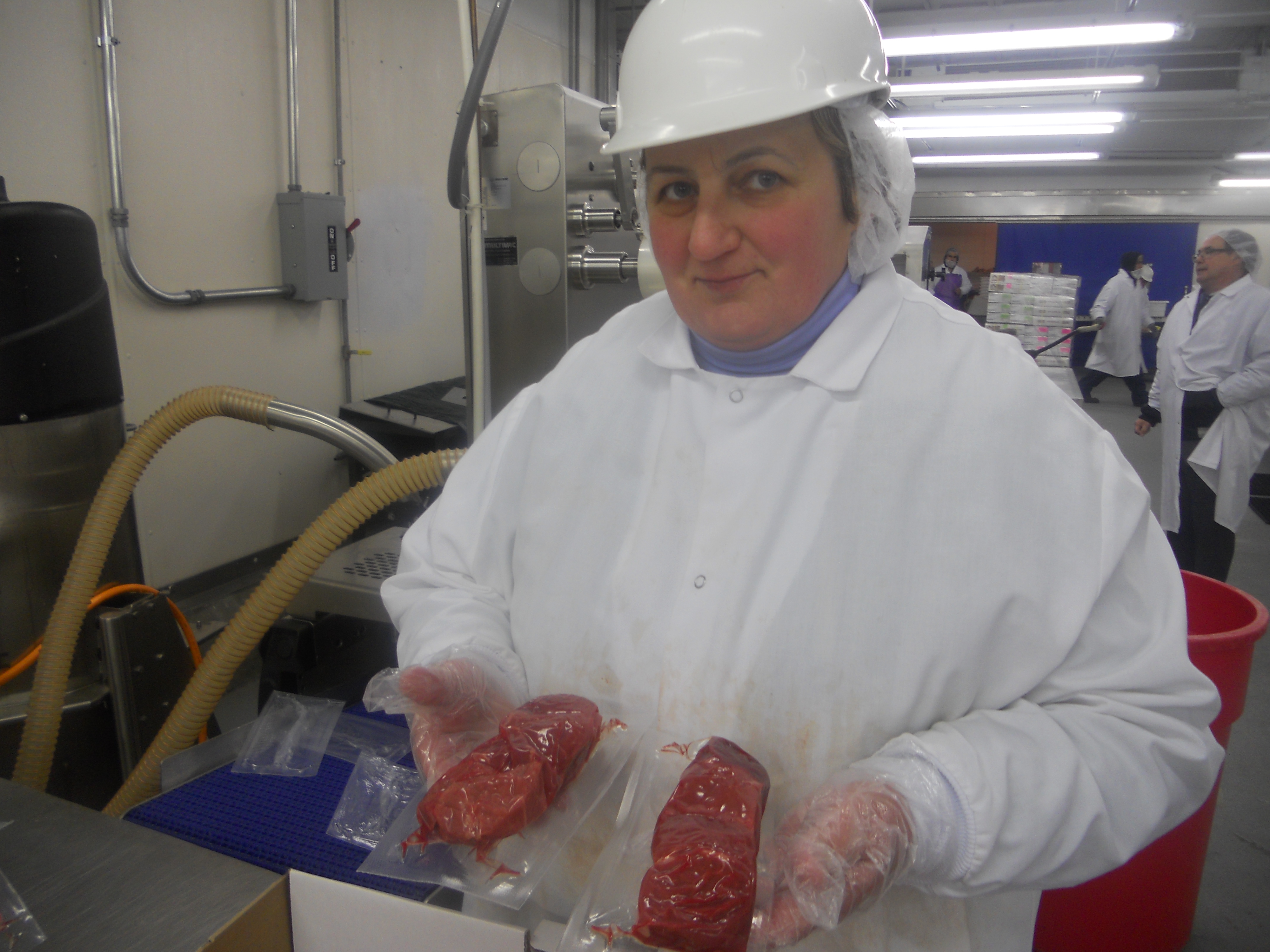
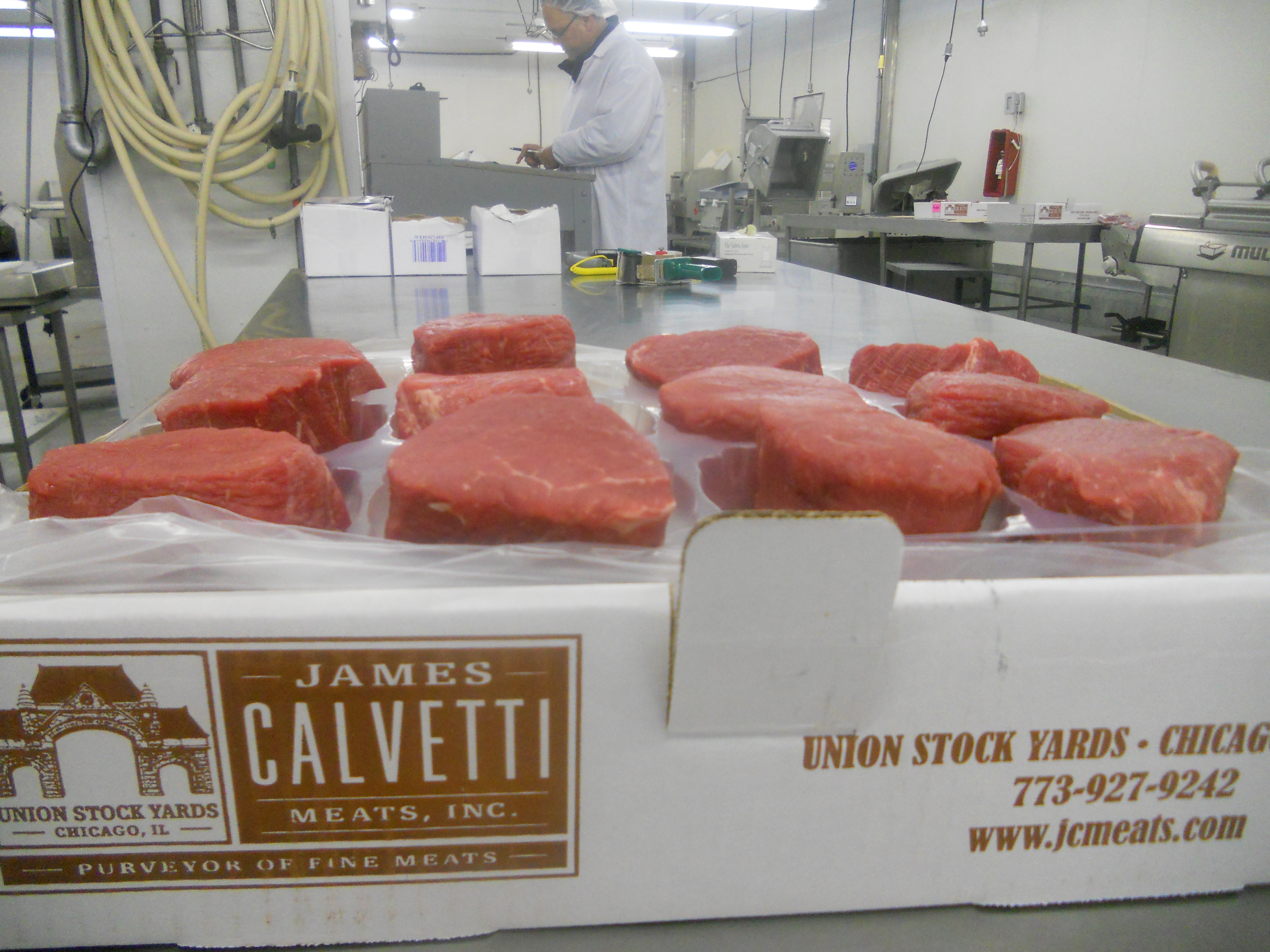

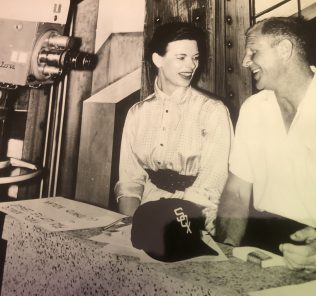
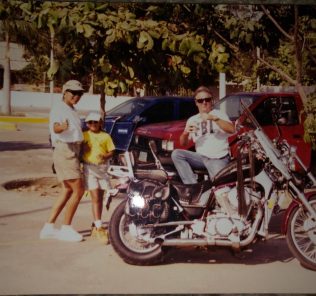
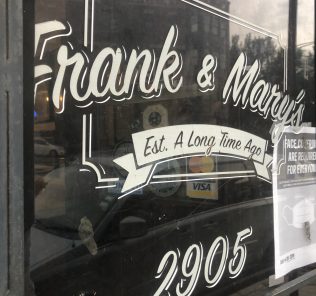

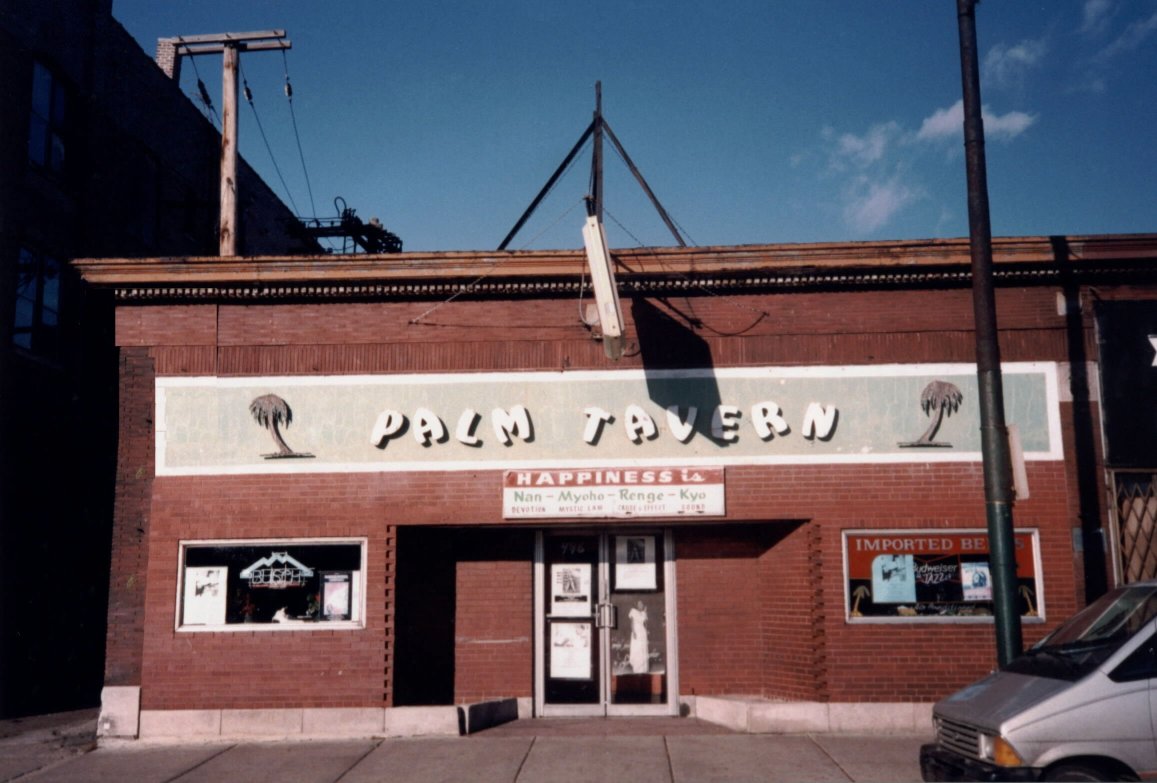

Jamie
Great article. You are extremely deserving of the accolades.
Hope you don’t care but I’m sharing it with all of the people here who have met you.
David
Great article, Dave! My grandmother, who just passed away at the age age of 93, worked at Swift & Co during the 40s, and always spoke fondly of working in the stock yards.
Congratulations, Jamie,
Proud to be an employee of Calvetti Meats since 1975.
You have the loyalty of a catholic canaryville gal.
I was looking up Pfaelzer Meats. All our beef was from “Pfaelzer Bros.” as I was growing up. I’m 68 years old and nothing has compared to the Pfaelzer Bros. square cube steaks .The square cube steaks were absolutely, incredibly, SO tender and SO delicious. Cube steaks of today are thin and tough. I remember the Pfaelzer directions were kept inside the freezer, but can’t recall if the instructions were printed on the box (I’m pretty sure that I broiled the cube steaks, but I can’t remember). I averaged eating about 5 cube steaks per week. I ran across this article after still searching for Pfaelzer Bros. Meats. I’m glad to see I may still get the same quality of meat as decades ago.
Great article about a true legend of Chicago’s historic meat industry.
Pfaelzer was the best and Jim Calvetti was one of the greatest salesman ever..
A game changer… my dad worked at Pfaelzer Brothers with Jim and he would always tell me what a true pro Jim was
And a generous human who cared about his fellow employees… loved the history
The apple hasn’t fallen far from the tree with Jamie… another class guy